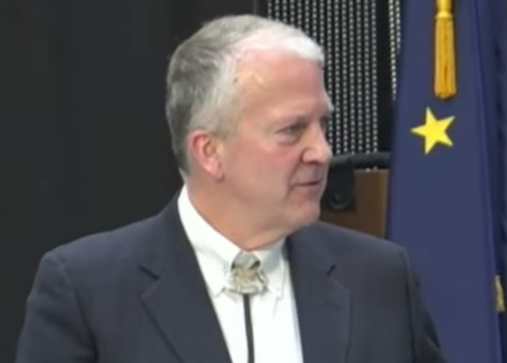
U.S. Senator Mark Begich demanded answers last week from the nation’s top flood insurance official about the lack of progress in developing accurate and updated flood maps for communities in Alaska.
The exchange occurred while Begich chaired a hearing of the Senate Homeland Security and Government Affairs Subcommittee (HSGAC) to discuss strategies to reduce federal spending on disasters through smart preparation measures.
“Communities can’t make smart decisions without accurate mapping, and I am frustrated with FEMA’s lack of progress,” said Begich. “Last month I brought FEMA officials to Alaska so they could hear first-hand from individuals and local governments about the need for accurate maps to help predict risks from flooding and erosion. I will continue to pressure the Agency to cut out the red tape and be more responsive to the very specific requests for help made by Alaskans and communities around the nation.”
The Federal Emergency Management Agency (FEMA), which manages the National Flood Insurance Program and is responsible for the development of flood maps for communities around the country, has come under fire from Begich and others for its inaccurate data and inconsistent application of rules.
During the hearing, Begich pressured FEMA officials for answers as to why the agency lags behind in mapping rural areas and why existing data is so woefully out of date. Communities in Alaska, like the Mat-Su Borough, have spent their own funds to get technical mapping data but have faced challenges getting FEMA to accept the results for planning and mitigation purposes. Accurate mapping is also important to homeowners and homebuyers because decisions about whether flood insurance is required are based on those maps.
In April, at Senator Begich’s request, FEMA Administrator Craig Fugate visited Palmer to see the challenges of flood mapping in Alaska first hand. The senator and administrator met with community members across the Mat-Su Borough to discuss the limitations of FEMA’s current mapping procedures and the realities of effective risk reduction efforts. FEMA officials also joined the senator in Nome last September to see the results of continued erosion that can make existing flood maps outdated in a short period of time.





